Neura
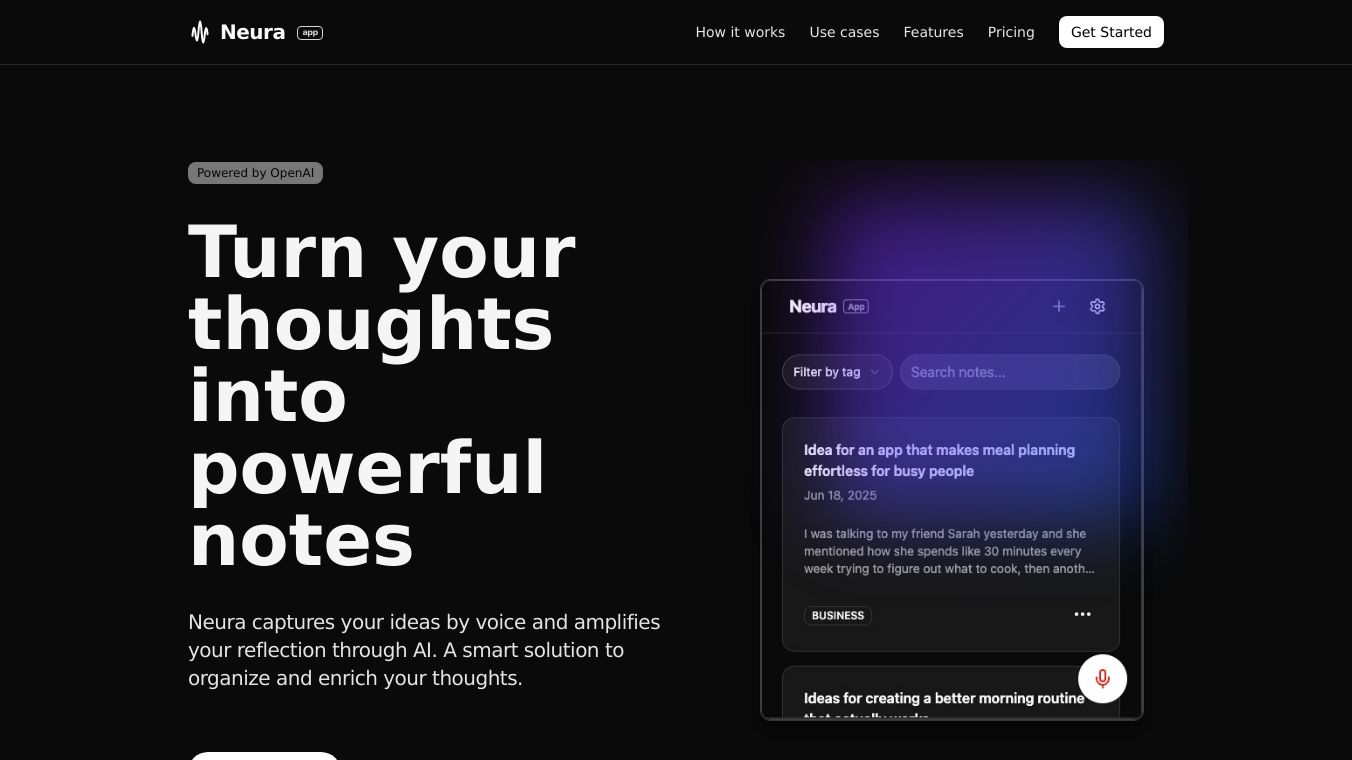
NEURA Robotics is a German tech company that is changing how humans and machines work together. They started in 2019 and want to create smart robots that can safely work with people. Their motto is 'we serve humanity,' showing they want to make technology that helps people in many industries. They are based in Metzingen, Germany, and make important parts like AI, software, sensors, and mechanics in-house. This helps them innovate quickly. NEURA Robotics is showing new innovations at Automatica 2025 in Munich, Germany. They include the world premiere of the third generation of their 4NE1 humanoid robot, the market launch of the MiPA household and service robot, and their Neuraverse open robotics ecosystem. The company says these releases are a big step for cognitive robotics, making it ready for the mass market for the first time. 'Cognitive robotics is the next big thing—and it is happening right now,' said David Reger, founder and CEO of NEURA Robotics. 'Cognitive robots will change how we live and work.' At NEURA, we are leaders in both hardware and software. Our goal is to deliver 5 million robots by 2030 for industry, services, and homes. NEURA is doing for robotics what the iPhone did for smartphones. We do this responsibly, with a team our partners worldwide can rely on. Founded as Han’s Robot in 2019, NEURA follows a 'one-device' approach across all its products. This means combining all central parts and sensors for physical AI in one device. The company says its platform’s precision, safety, and operating system, along with its Neuraverse open development environment, will help robotics applications grow. NEURA’s cognitive robots can see, hear, and have a sense of touch. They act on their own and learn from experience. NEURA Robotics has partnered with Kawasaki Robotics, Delta Electronics, Omron Robotics and Safety Technologies, and other leading manufacturers. The company got $123 million in Series B funding in January and is aiming for a $1 billion valuation, according to Bloomberg. NEURA 4NE1 humanoid includes multiple sensors. NEURA Robotics says its 4NE1 humanoid robot can work safely with humans in real environments. It can see its surroundings, make decisions, and learn from experience. With the patented Omnisensor and seven cameras, 4NE1 can tell people from objects, recognize them, and adapt its behavior for direct collaboration. The robot has an intelligent dual-battery system for round-the-clock operation, joint technology able to lift up to 100 kg (220.4 lb.), and hands with fine motor control. This makes it suitable for complex industrial tasks and household or service-sector activities. The humanoid also has 'Artificial Skin' that can detect touches just before actual contact, making human-robot interaction more precise and safe. Its conversational AI, speakers, and microphones allow for natural voice commands, programming, and interaction. To enable rapid, fully automated production of its humanoid, the company has developed the 'NEURA Hive' production method. Like a beehive, several robots arranged in a circle assemble components of the 4NE1 in a confined space. 'With 4NE1, humanoid robotics becomes scalable for the first time,' said NEURA. NEURA Robotics describes MiPA as 'the world’s first cognitive household and service robot suitable for real everyday use.' It was developed to address the shortage of skilled workers and to make robot technology affordable for private households. MiPA’s cognitive abilities are based on NEURA’s industrial AI architecture and can be expanded via the Neuraverse. Partners can develop applications or 'skills' for the two-armed platform, such as vacuuming, unloading the dishwasher, tidying rooms, or health monitoring. The robot, which is intended to be affordable to households, also has an integrated camera, temperature, and environmental sensors. NEURA added that the recently updated MiPA hardware supports interoperable Internet of Things (IoT) components developed with partners from the white goods, health tech, and smart home sectors. For instance, MiPA can be connected to wearables to collect vital data, analyze sleep, or support elderly people in everyday life. Customers can now reserve MiPA, which NEURA said will soon be available for order. The company plans to begin deliveries this year. 'MiPA marks a turning point, as it brings household robotics out of high-tech laboratories and into people’s daily lives,' said Reger. 'It embodies our mission to serve humanity by bringing our technology to the people who need it. Unloading the dishwasher? Taking out the trash? Checking blood sugar levels? There’s an app for that.' The Neuraverse ecosystem connects robots and enables the simple development and use of robot applications, like an app store. It is built around the NEURON OS operating system, supports sensor fusion, and includes open application programming interfaces (APIs). 'In the Neuraverse, robots share their learning experiences from real-world applications,' it explained. 'What one robot can do, all others can learn simultaneously. This creates an intelligent network that radically increases innovation, safety, and efficiency. Developers, companies, and specialists can contribute their own modules and applications—a democratic engine of innovation for robotics.' Neuraverse has a modular, secure structure, so companies, developers, and application partners can collaborate without risking their intellectual property. Initial applications such as a joint welding solution with Abicor Binzel have demonstrated how humans and robots can collaborate in real time. NEURA said its robots continuously adapt and improve their performance, and developers can sell their contributed assets to interested users across industries. To further improve the quality of training data, NEURA Robotics said it is building its own physical AI training centers. The company generates data from real application scenarios in 'NEURA Gyms.' Combined with synthetic data from the Neuraverse, a highly complex, transferable model can emerge. Once a skill is successfully trained, it can be transferred to all other robots. NEURA is working with NVIDIA on the implementation of NEURA Gyms. The company has developed its robots with NVIDIA’s Isaac Sim and Isaac Lab. They are powered by the GR00T N1 model for advanced cognition and task performance, as well as NVIDIA Jetson for onboard computing power. At Automatica, NEURA Robotics is demonstrating its platforms in Booth B4.319, which is about 800 m² (8,611 sq. ft.) in area. 'We are not only bringing groundbreaking robotics technologies to Automatica but also showing how the future works,' said Reger. 'With 4NE1 and MiPA, we are fundamentally changing how people interact with machines. Our Neuraverse is the product that connects everything—the operating system of the robotics era.' With around 600 employees, NEURA said its goal is to provide foundational technologies on which others can build. For example, Vodafone is NEURA’s connectivity partner for Automatica. Since robots with numerous sensors generate enormous amounts of data, 5G connectivity is particularly important for the further development of these technologies. In a strategic collaboration with SAP and NVIDIA, NEURA said it has combined robotics with SAP’s AI and NVIDIA’s digital twin technology to bring physical business AI to life. In partnership with Flexion, NEURA is expanding the Neuraverse with new mobility and full-body coordination capabilities, giving its robots greater agility and robustness for daily use. Schaeffler Special Machinery and Schunk are also part of the company’s network. NODE Robotics GmbH, a provider of flexible autonomy software for mobile robots, has partnered with NEURA Robotics. The companies will equip NEURA’s MAV robots with NODE.move, a module of NODE.OS for real-time path planning. The MAV platform offers up to 1,500 kg (3,306.9 lb.) payload capacity and has a differential drive with 360° safety laser scanners. NODE’s navigation software enables precise positioning (±5 mm or 0.1 in.) and dynamic obstacle avoidance. With NODE.move integrated, NEURA said MAV becomes a configurable autonomous mobile robot (AMR) that can adapt easily to new environments. It can support both AMR and automated guided vehicle (AGV) functionality through hybrid navigation capabilities. This capability makes the robot suitable for pallet transport, flexible intralogistics, and mobile manipulation. Thanks to VDA 5050 compliance, MAVs can also be managed by third-party fleet management systems, ensuring interoperability and long-term operational flexibility. In addition, NODE is joining NEURA’s robotic app store. This and NODE.move will ensure quick deployment for systems integrators and give operators the freedom to adjust routes, zones, and workflows independently, without needing custom development or vendor support. By strictly adhering to structured and standardized processes, we ensure efficiency, precision, and reliability in all areas of our company. From initial concept to production and delivery, we do everything we can to not only meet our customers’ expectations but to exceed them. The ISO 9001 certification confirms our continuous quality assurance efforts and creates trust with our customers. It is not only a seal of quality for us but also the basis for continuous improvement and innovation in robotics.
n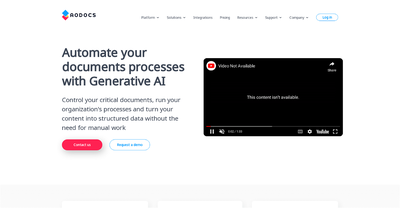

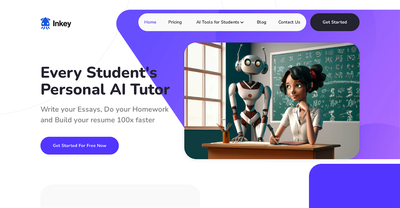
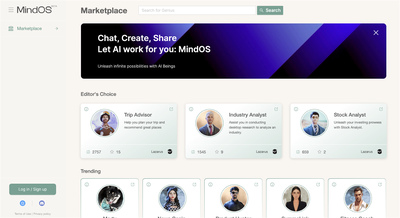

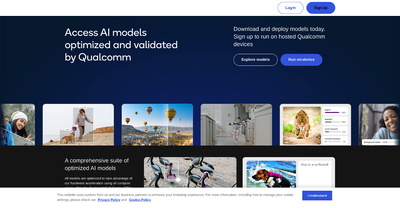
Comments
Please log in to post a comment.